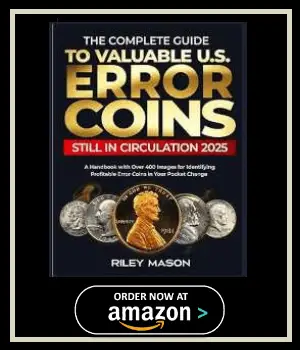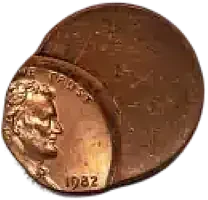Why Collectors Love Error Coins
These mint mistakes captivate collectors for several reasons. Their rarity increases their value. Furthermore, they challenge collectors to identify specific errors. For example, double die coins show doubled images, making them highly sought after. Coins with missing lettering are also prized. Therefore, these coins are both rewarding and exciting to collect.
Famous Error Coins Examples
Some coins gain fame in the numismatic world. The 1955 Lincoln Cent double die is a prime example. It features a noticeably doubled date. Similarly, certain clipped planchet coins are iconic. However, not all errors are valuable. Collectors must research to distinguish significant errors. As a result, these coins remain a thrilling pursuit for enthusiasts. To truly appreciate the allure of error coins, every collector should consider incorporating at least a couple of these peculiar specimens into their collection. Not only does this diversify their collection, but it also serves as a compelling window into the intricate world of coin minting processes. By studying error coins, collectors gain insights into the art and science behind coin production, revealing the technology and techniques employed by mints throughout history.

Occasionally, a select few error coins find their way into circulation, elevating their desirability among collectors. One such legendary coin is the 1955 doubled die cent, celebrated by numismatists for its unique and striking appearance. This coin’s rarity and aesthetic appeal make it highly coveted, embodying the allure of error coins. These rarities become more than just numismatic curiosities; they turn into coveted treasures. 






 '
'